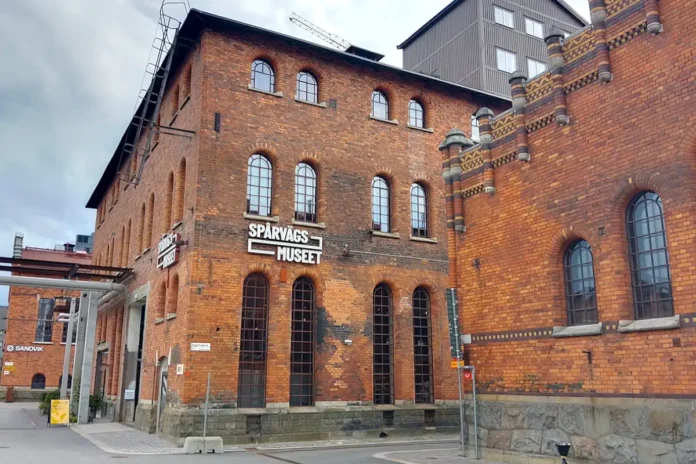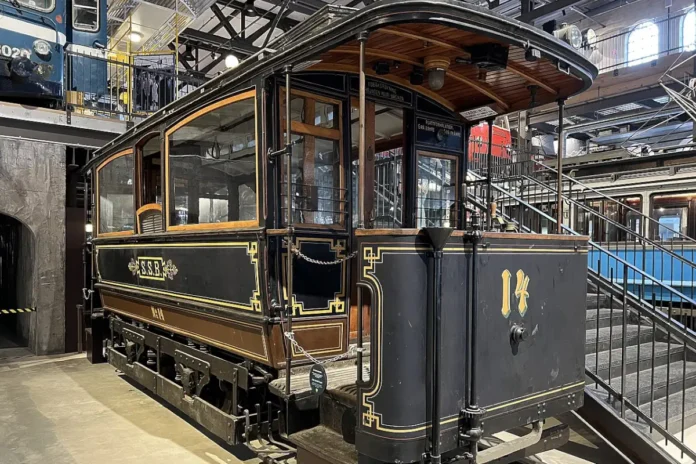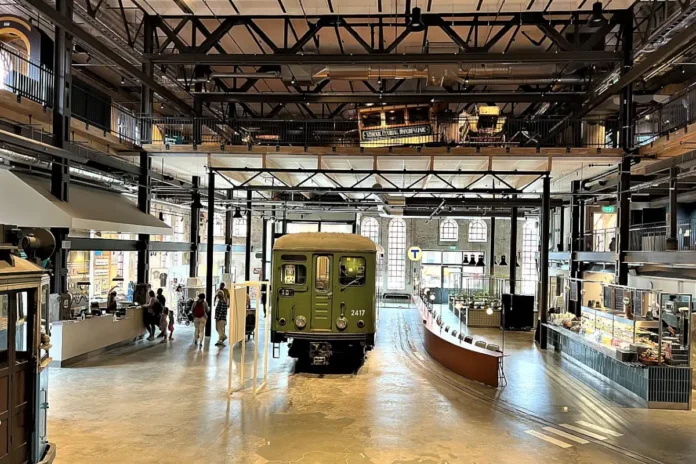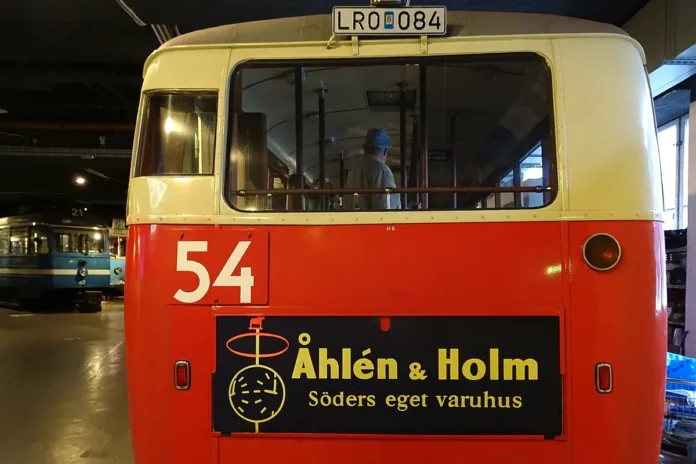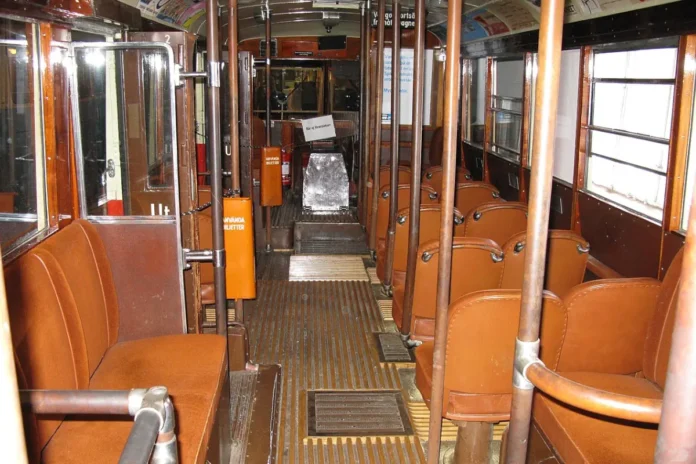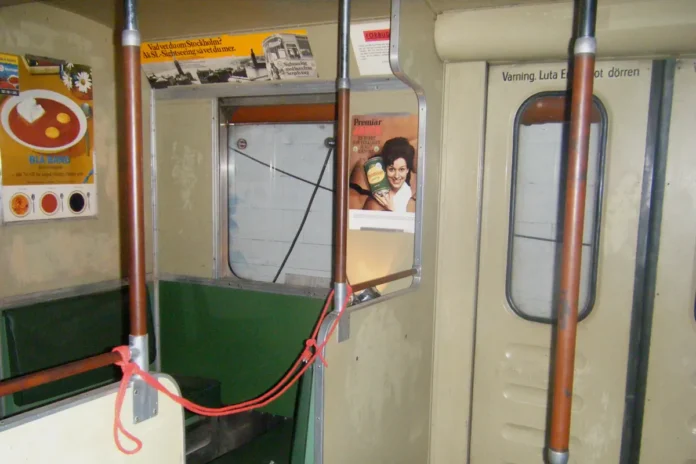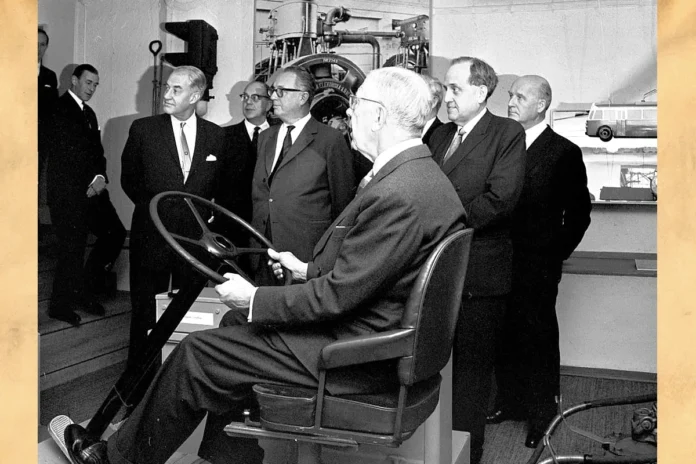A fascinating example of Swedish transportation history and the evolution of public transportation in Stockholm is the Stockholm Transport Museum (Spårvägsmuseet). Established in 1933, the museum is among the world’s oldest and most esteemed transportation heritage institutions.
Exhibits and collections
The museum features historical cars, artifacts, photographs, and displays related to the development and operation of the local public transportation systems. Consequently, it provides visitors with a glimpse of the evolution of urban transportation and its significance to the city’s growth and daily life.
Stockholm Transport Museum vintage vehicles
The focal point of the museum’s exhibits is its amazing collection of vintage automobiles, which includes buses, trams, and subway cars from the late 19th and 20th centuries. They offer visitors the chance to go back in time and observe the evolution of Stockholm’s transit system. The immersive experiences provided by interactive exhibits and simulations allow visitors to experience public transportation in its earlier era.
Development of technology and infrastructure
Apart from its intriguing automobile collection, the Stockholm Transport Museum showcases exhibits that explore the evolution of the city’s transportation system and technology. It displays the imagination and ingenuity that have shaped the city’s transit infrastructure over time.
Library and archive
For the more thoroughminded, the museum also features an archive and library with materials on the history of Swedish transportation and Stockholm’s role in it.
Gasverket: A venue for Stockholm’s Tramway heritage
The Stockholm Transport Museum moved to new facilities at Gasverket in Norra Djurgårdsstaden in 2022. Gasverket, transformed from a gasworks into a vibrant hub, combines business and cultural activities with preserved industrial heritage. In order to provide exhibitions in a more suitable and modern setting, the museum moved from Södermalm to this new location.
Conclusion
The Stockholm Transport Museum essentially offers a singular perspective on the complex history of Stockholm’s transportation evolution. The museum has a sizable collection of vintage automobiles as well as comprehensive displays on technology and infrastructure. It is an essential archive of Sweden’s history of public transportation.


